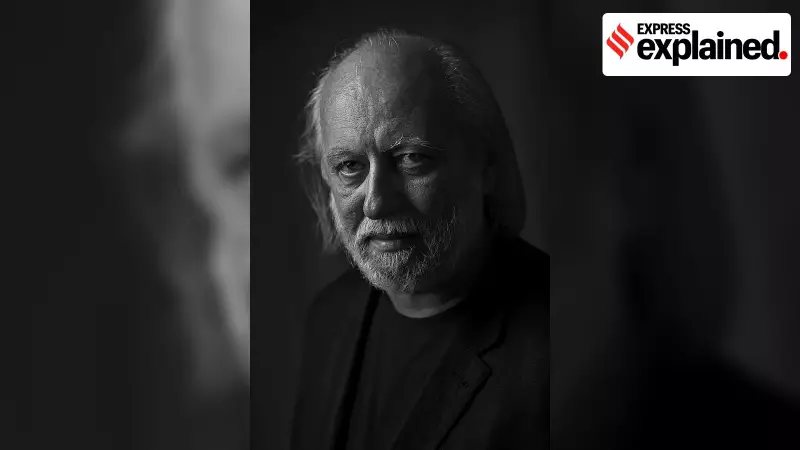
In the realm of contemporary literature, few names command as much respect and intrigue as Laszlo Krasznahorkai, the Hungarian author whose revolutionary approach to storytelling earned him the Nobel Prize in Literature. His unique narrative style represents nothing short of a literary earthquake that continues to reverberate through the world of fiction.
The Architecture of Chaos: Krasznahorkai's Literary Revolution
What sets Krasznahorkai apart from his contemporaries is his masterful manipulation of language structure itself. The author constructs elaborate, labyrinthine sentences that stretch across pages, creating what critics have described as "textual labyrinths" where readers willingly lose themselves. This isn't mere stylistic experimentation—it's a fundamental reimagining of how stories can be told.
His debut novel, Satantango, serves as the perfect introduction to his distinctive voice. The book demonstrates how Krasznahorkai uses punctuation not as a tool for clarity, but as an architectural element to build tension and complexity. Commas become the fragile threads holding together vast, chaotic narratives that mirror the complexities of human existence.
Beyond Conventional Storytelling
Krasznahorkai's work defies traditional narrative conventions in several remarkable ways:
- Extended sentence structures that challenge reader expectations and attention spans
- Circular narratives that reflect the repetitive nature of human experience
- Psychological depth achieved through linguistic experimentation rather than conventional character development
- Temporal distortion where time becomes fluid and unpredictable
The Philosophical Underpinnings
Behind the technical innovation lies a profound philosophical inquiry. Krasznahorkai's work grapples with essential questions about existence, morality, and the human condition. His characters often navigate decaying worlds and collapsing societies, serving as metaphors for broader existential concerns.
The author creates what might be described as "apocalyptic realism"—a vision of the world where decay and beauty coexist, where hope persists even in the face of overwhelming despair. This philosophical depth transforms his work from mere literary exercise to profound artistic statement.
Legacy and Influence
Krasznahorkai's impact extends far beyond the literary world. His collaboration with filmmaker Bela Tarr, particularly the seven-hour adaptation of Satantango, demonstrates how his narrative techniques can translate across artistic mediums. The film, like the novel, challenges conventional pacing and structure, creating an immersive experience that demands—and rewards—patient engagement.
For new readers approaching Krasznahorkai's work, the experience can be simultaneously daunting and exhilarating. His writing requires surrender to the rhythm of his prose, trusting that the journey through his complex sentences will lead to unexpected insights and profound emotional resonance.
In an age of shortening attention spans and easily digestible content, Krasznahorkai stands as a testament to the enduring power of challenging, complex art. His Nobel Prize recognition confirms that there remains a vital place in our culture for work that demands everything from its audience—and gives even more in return.





